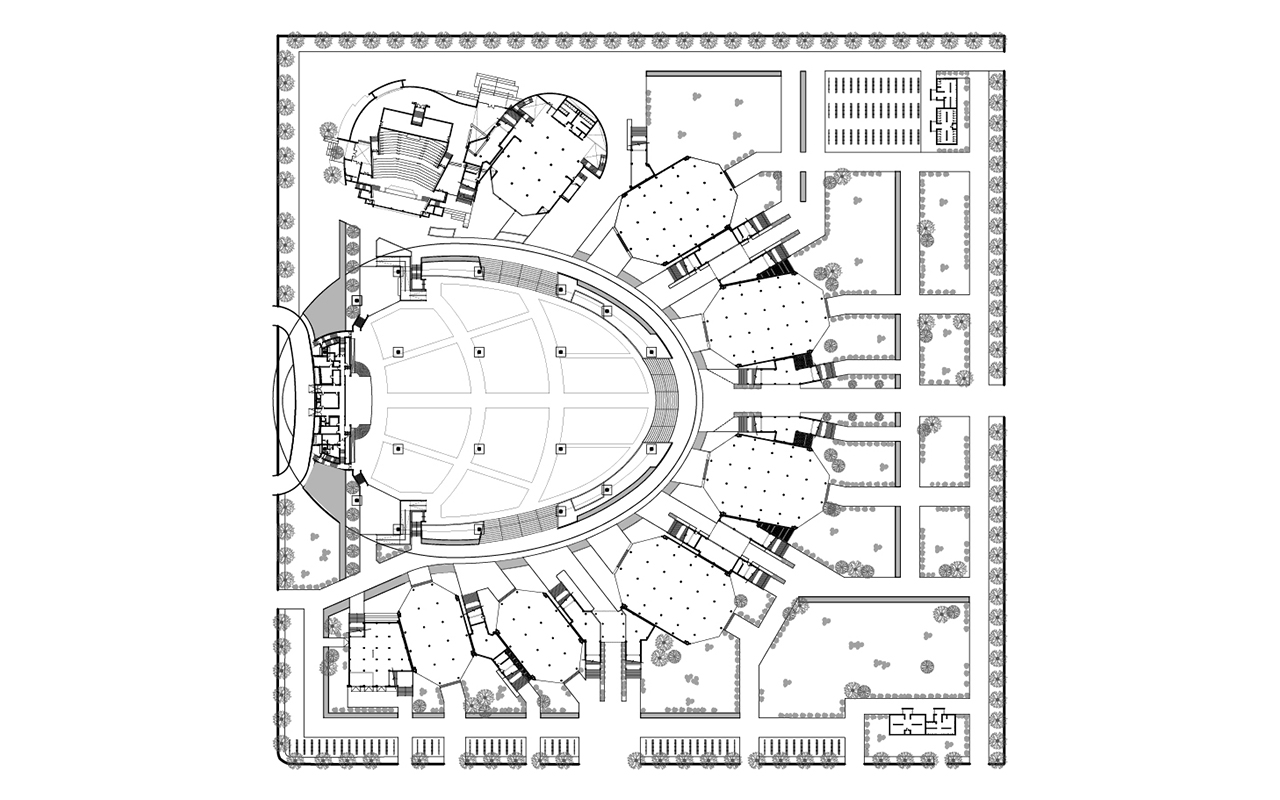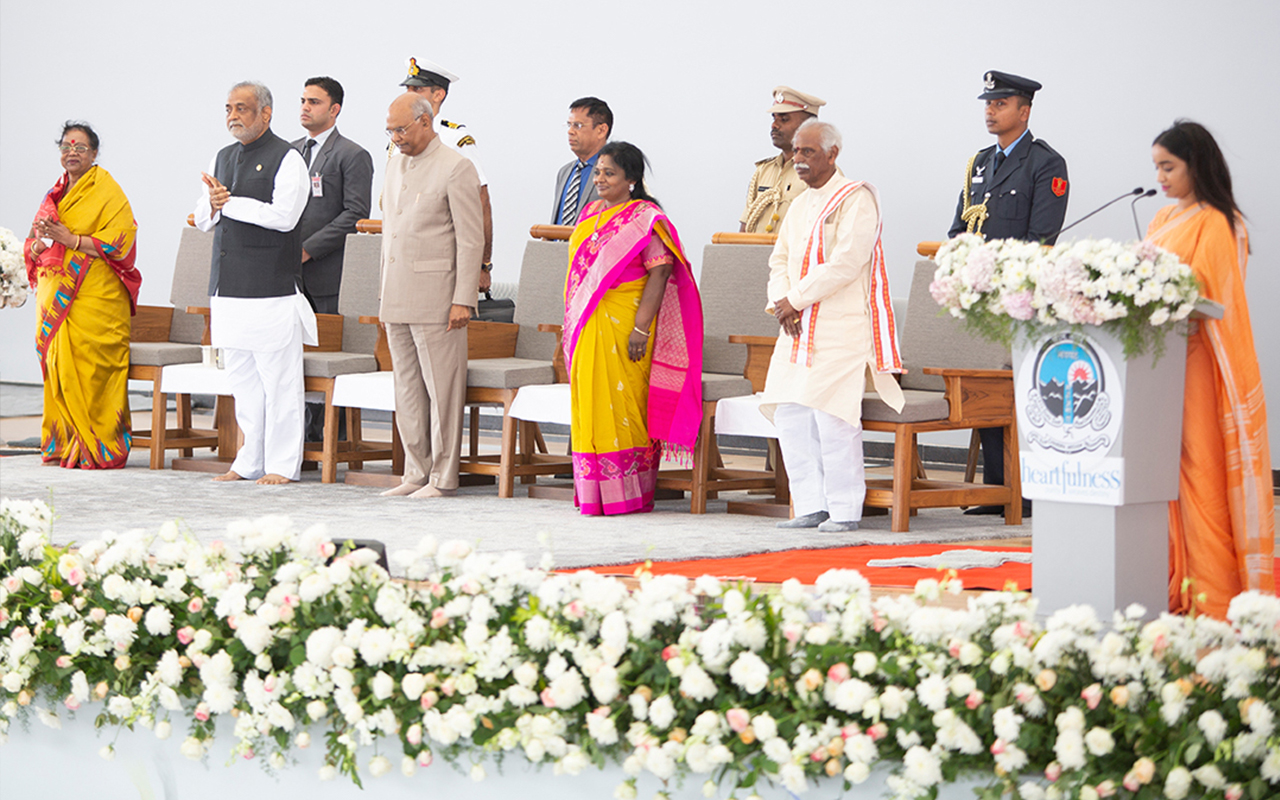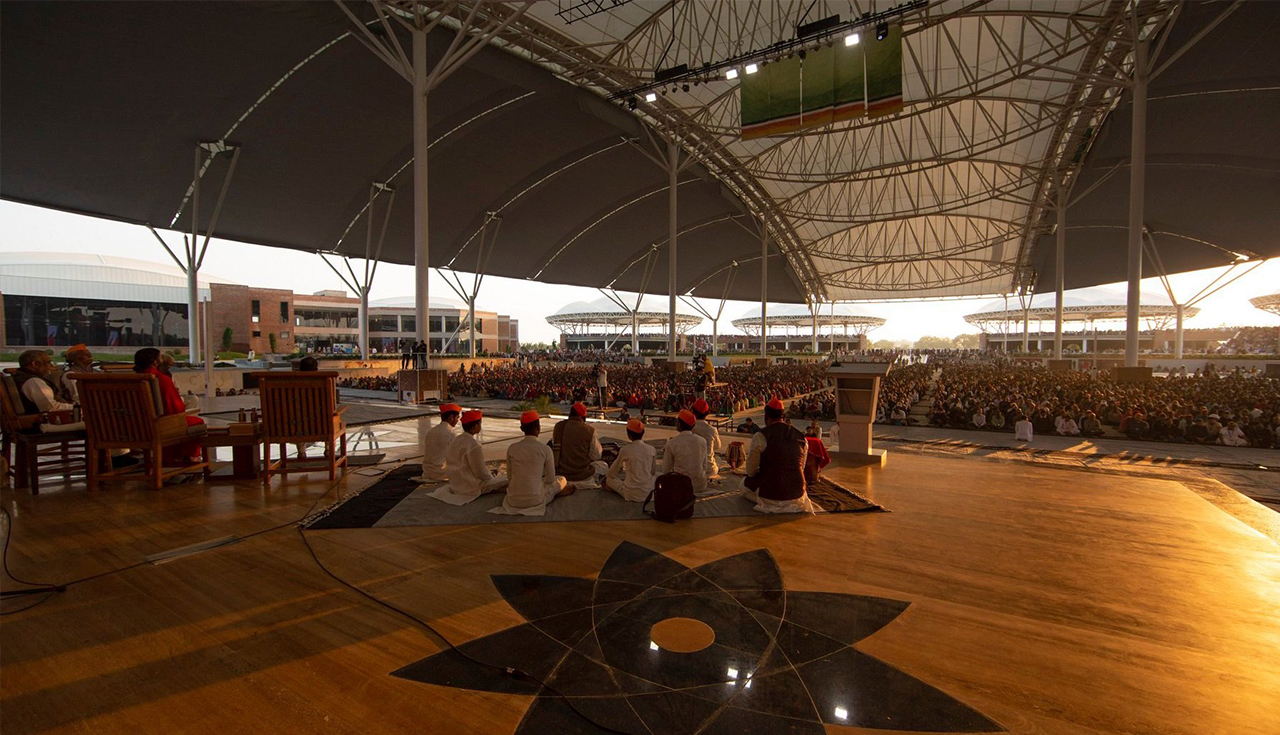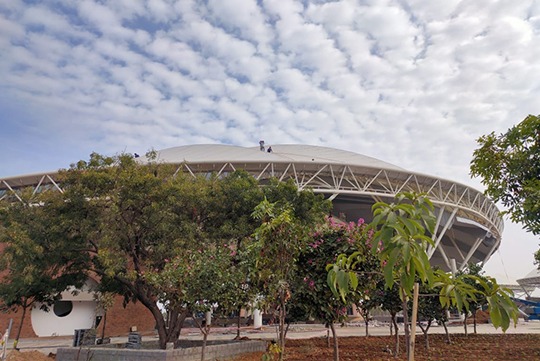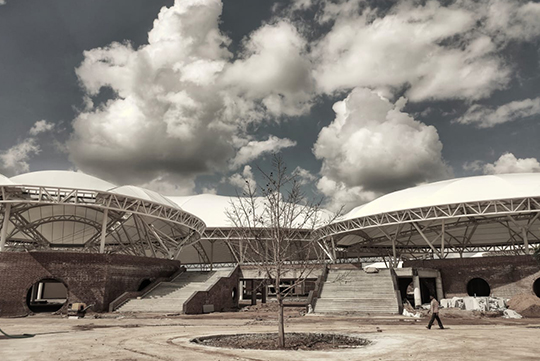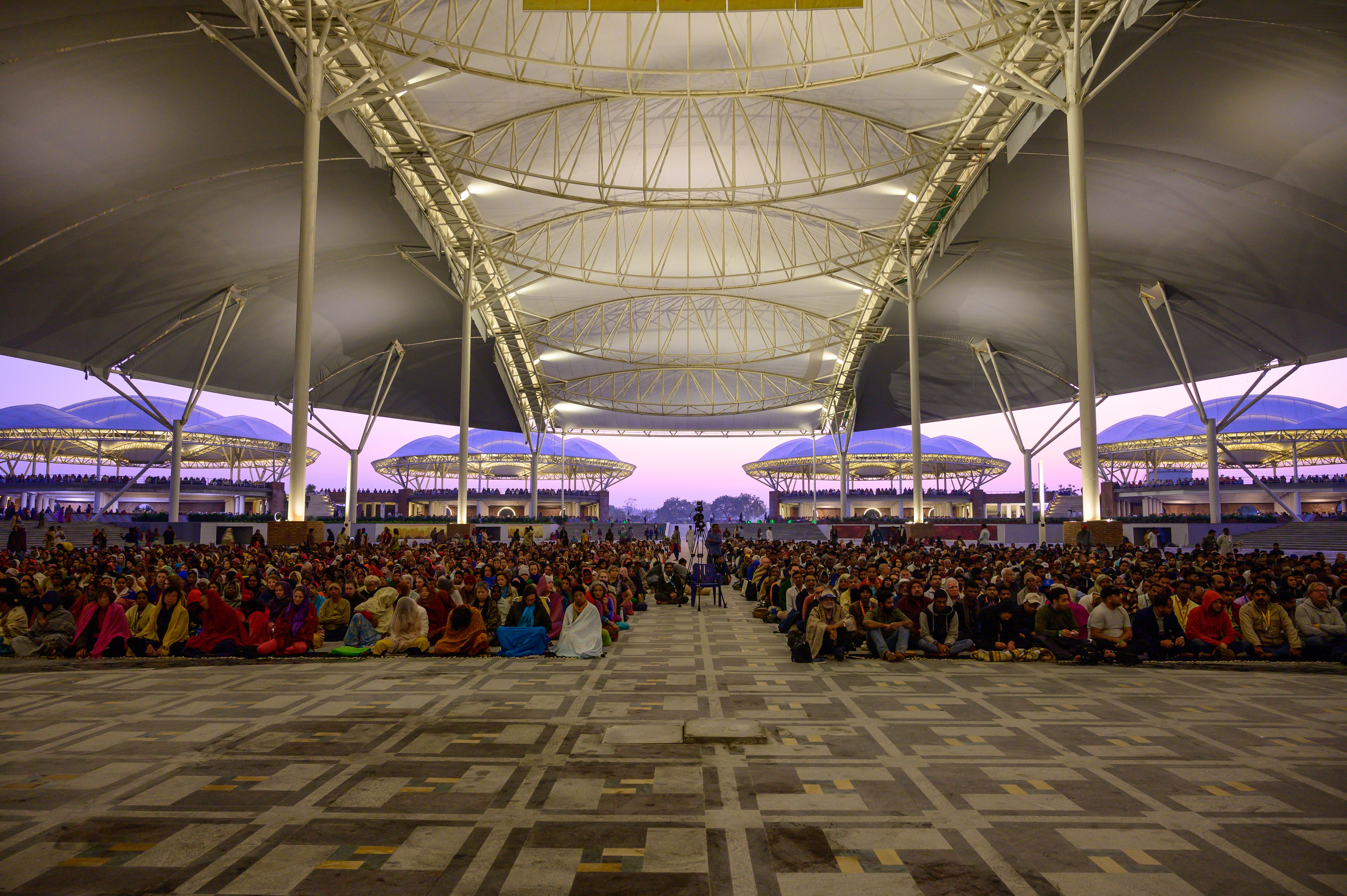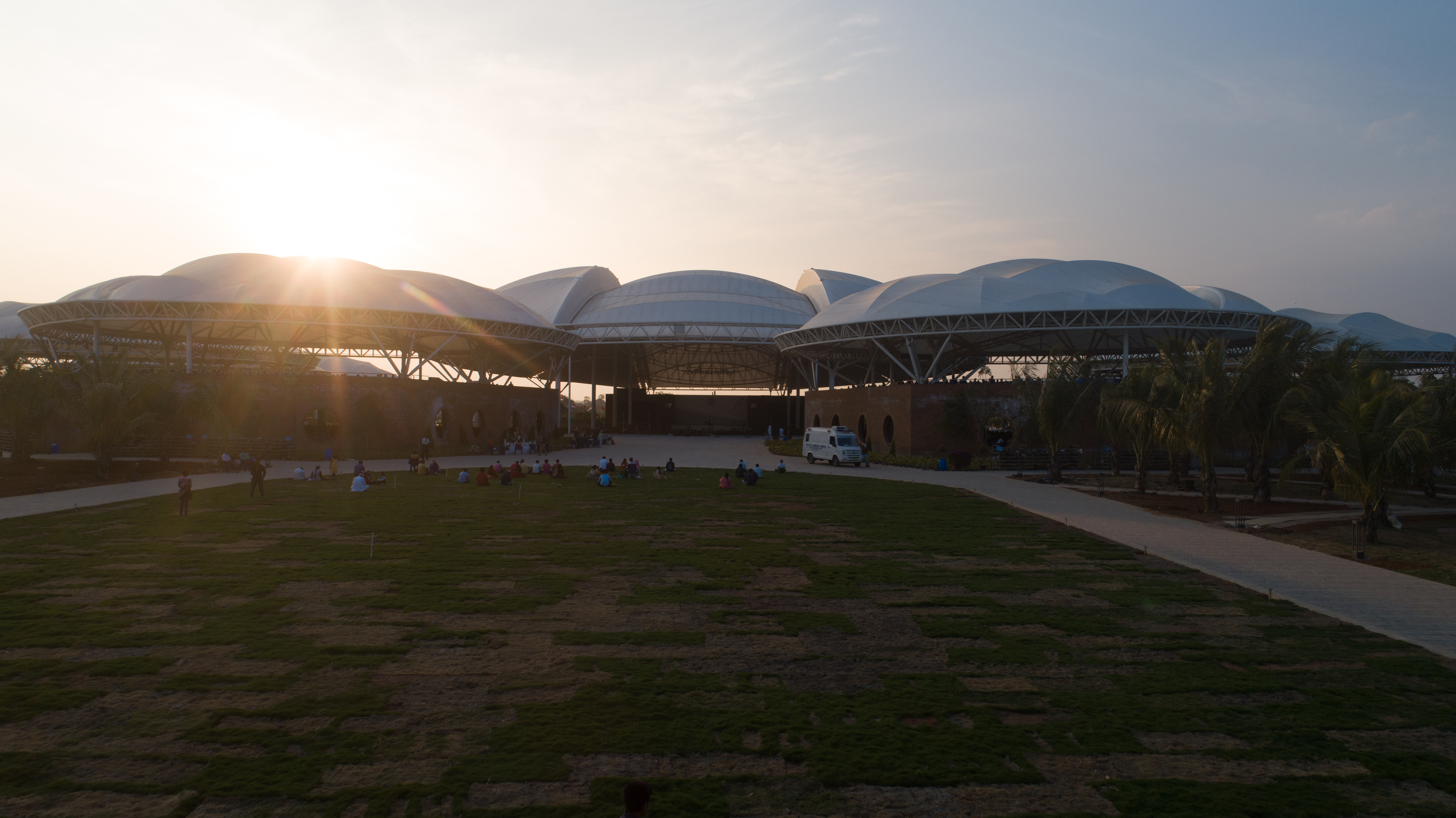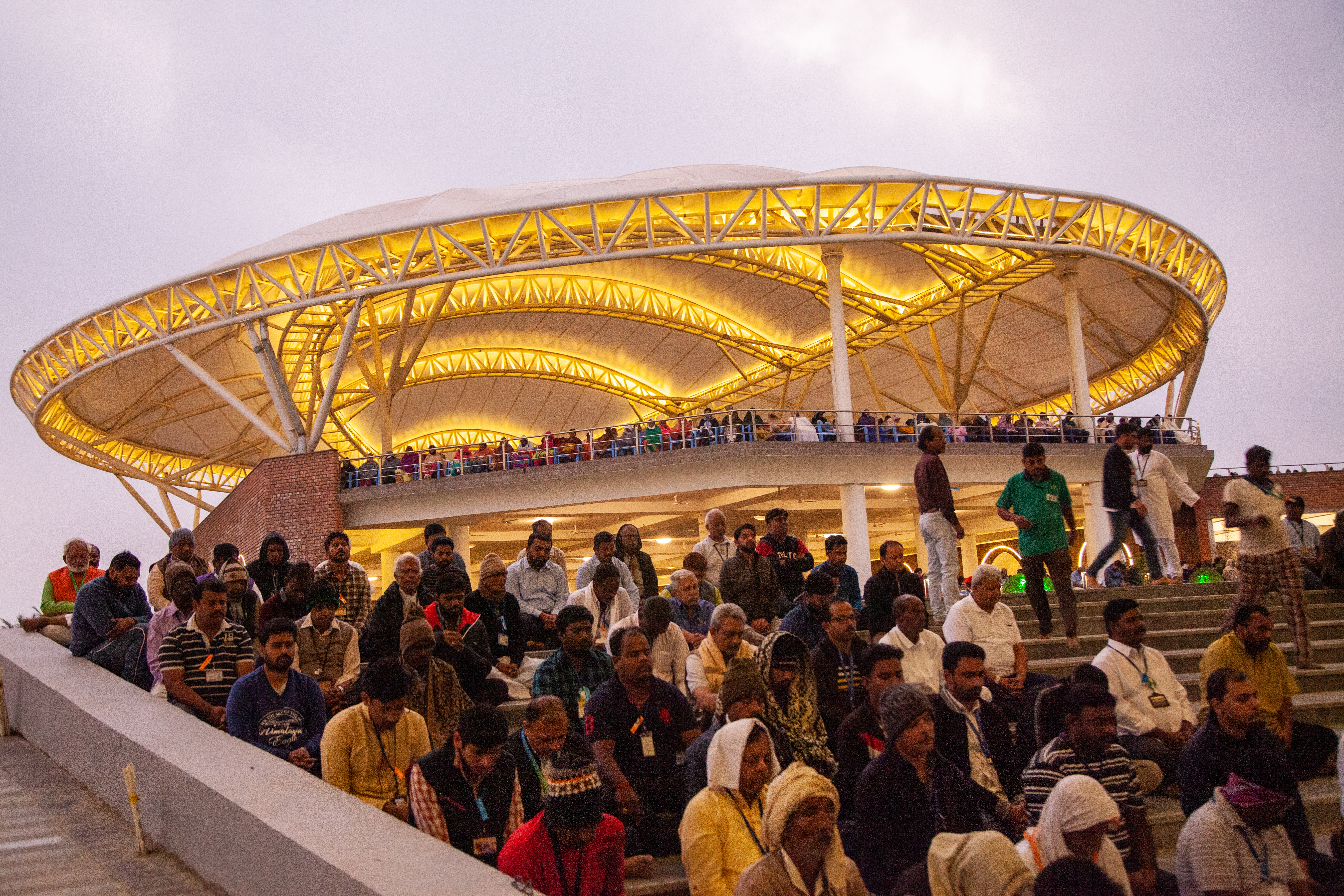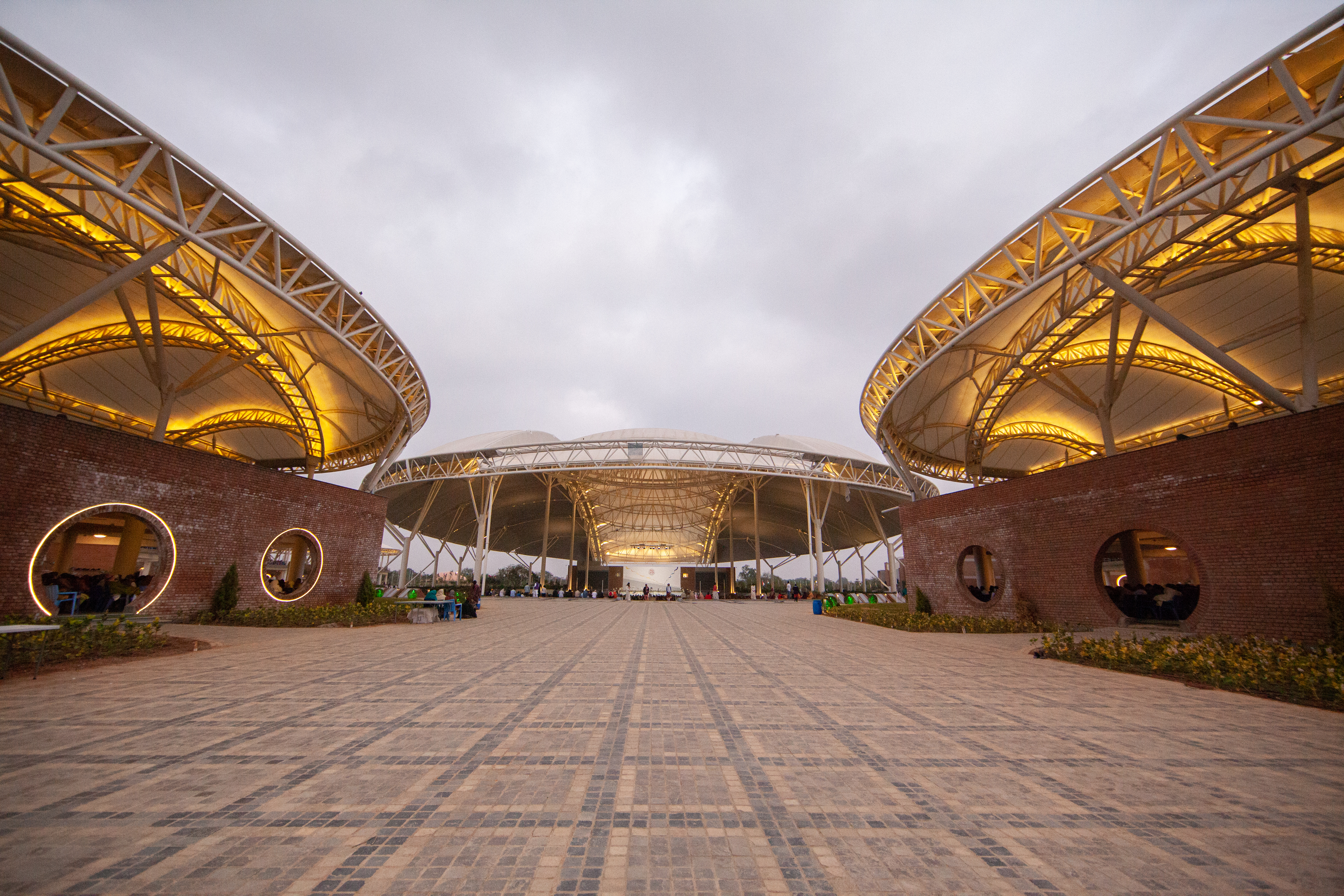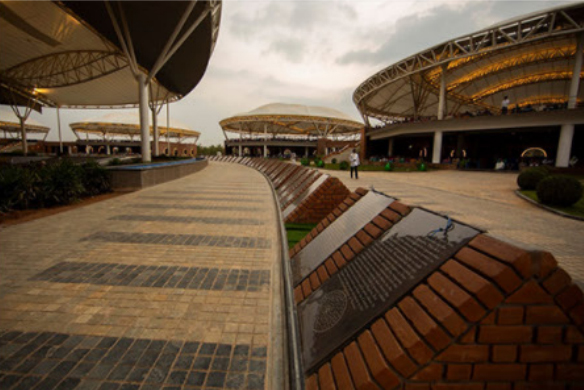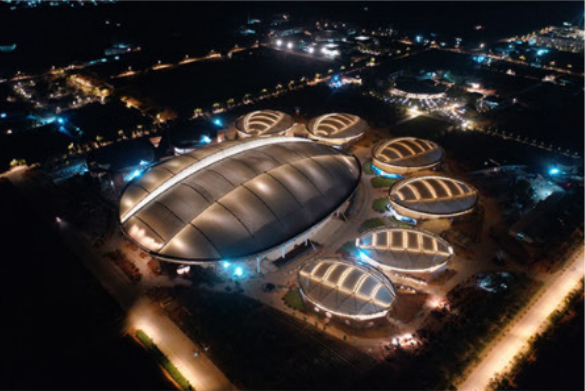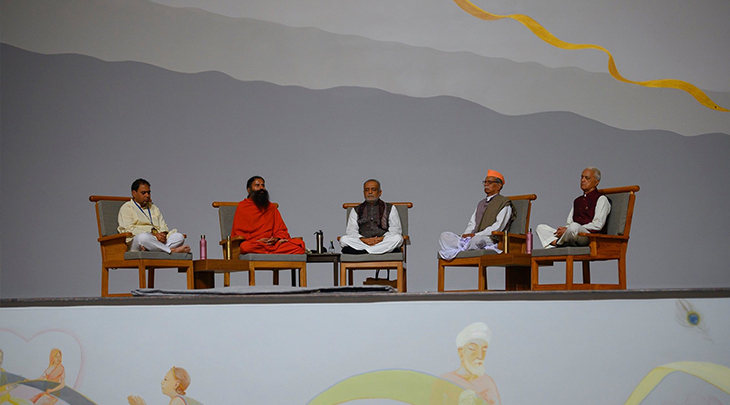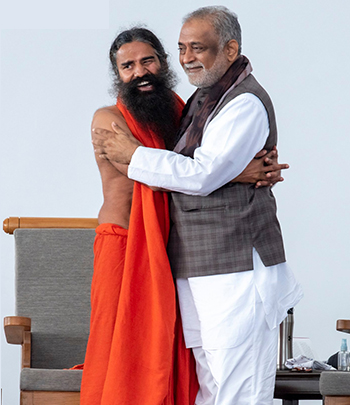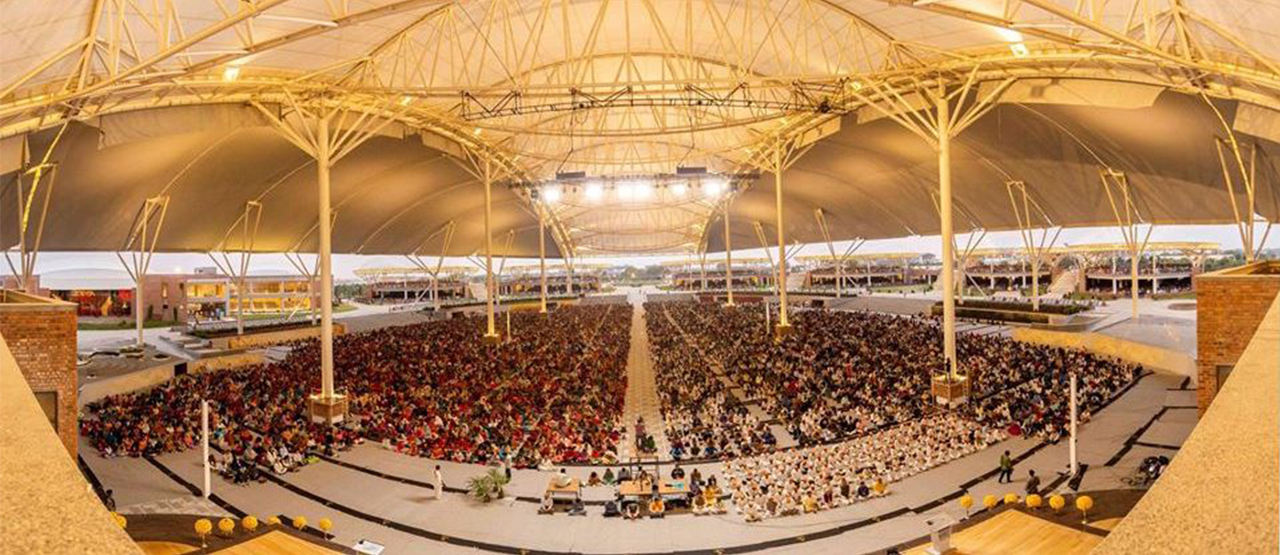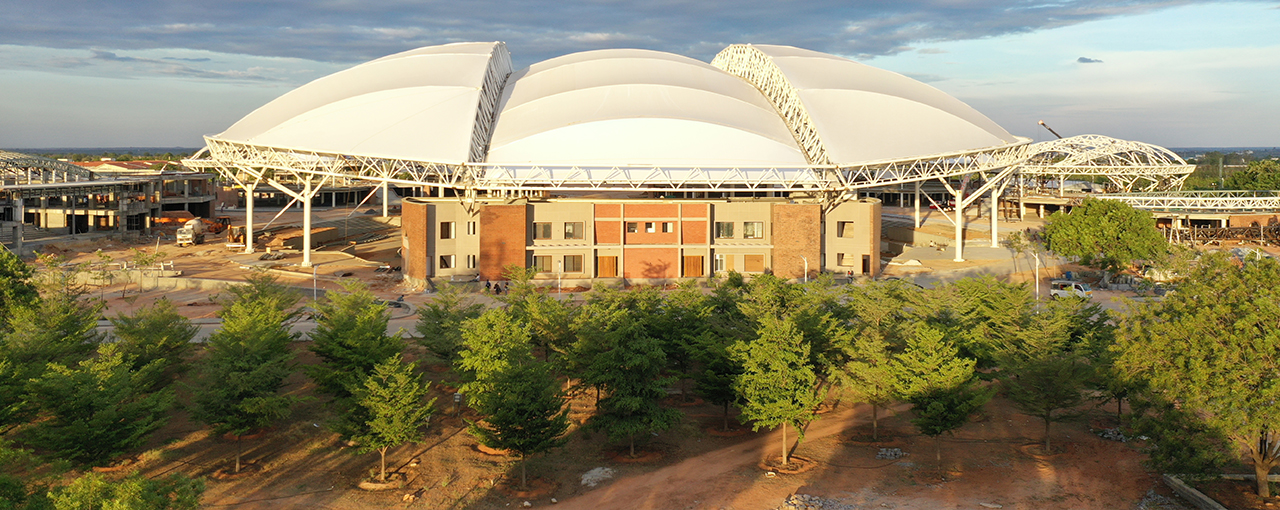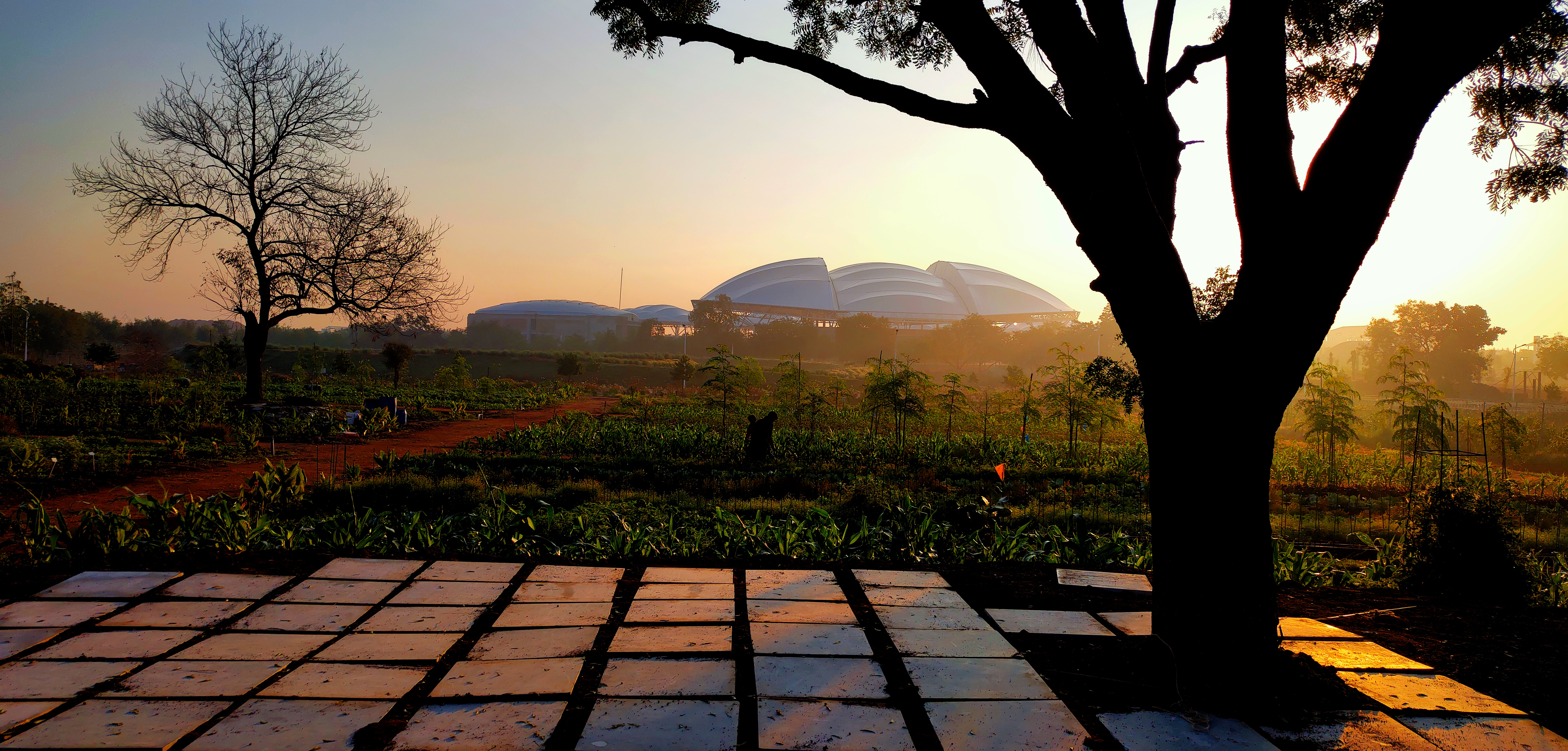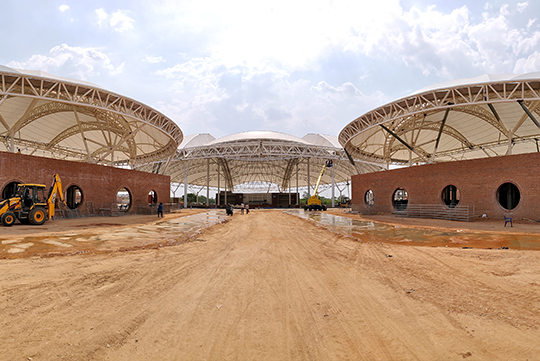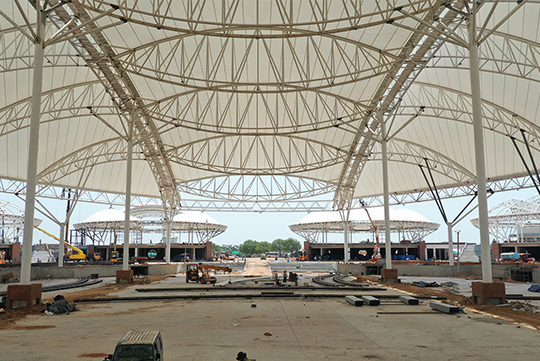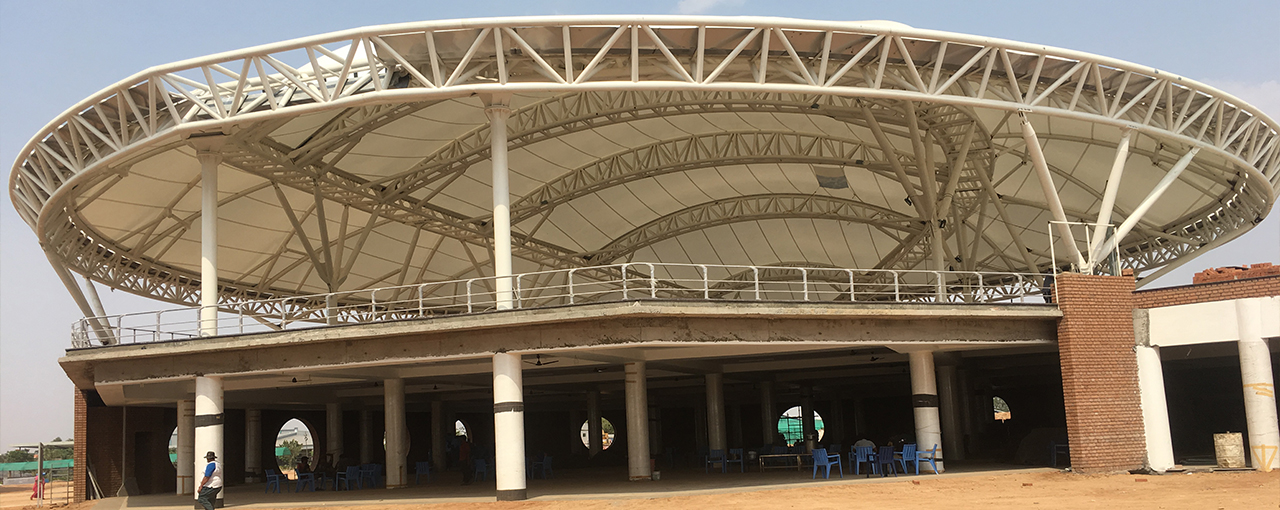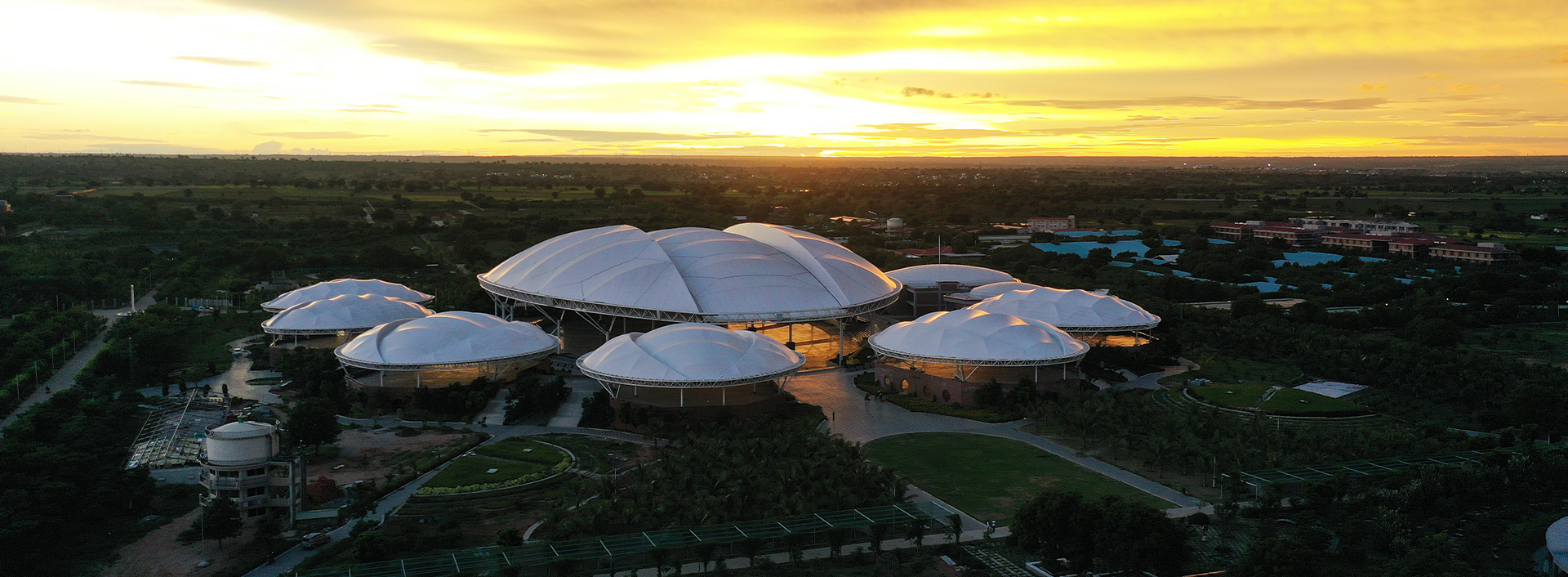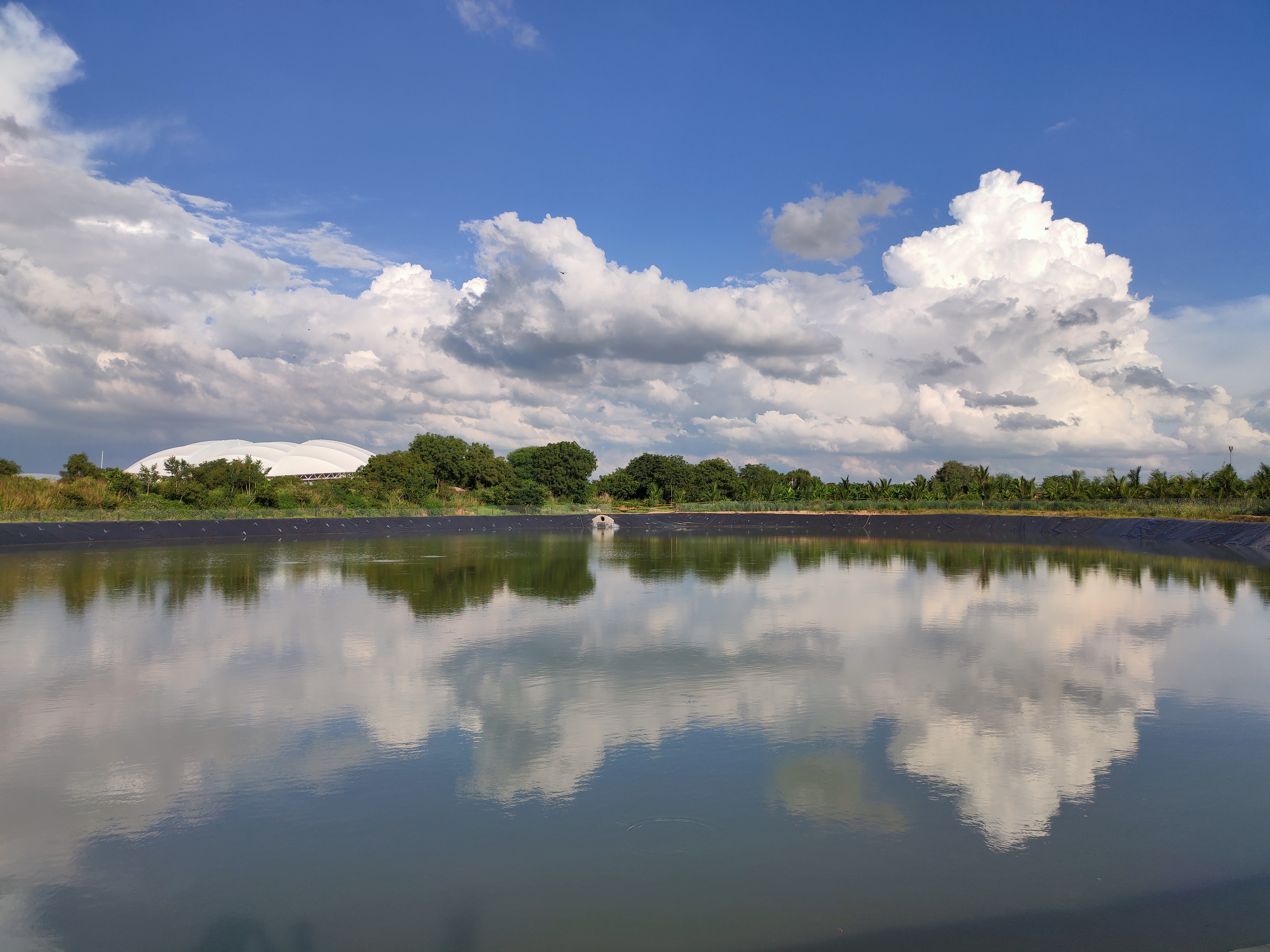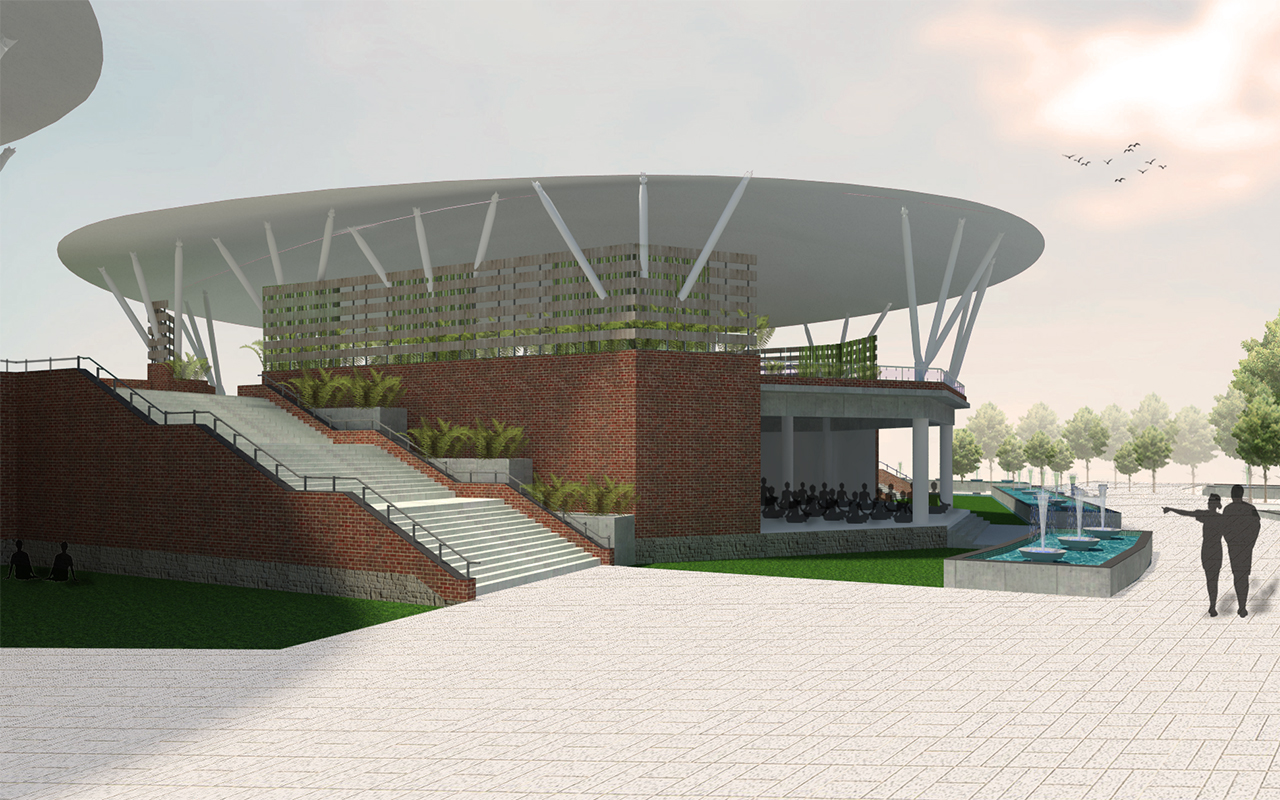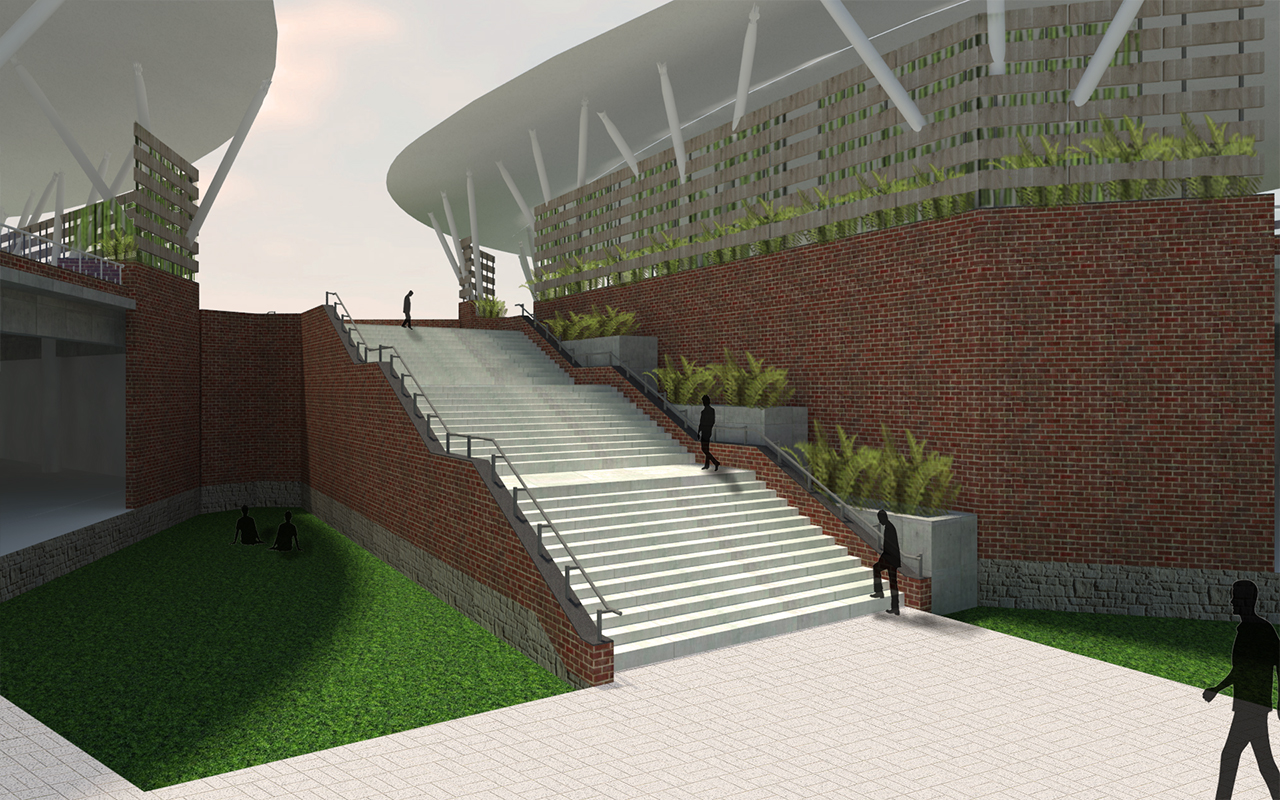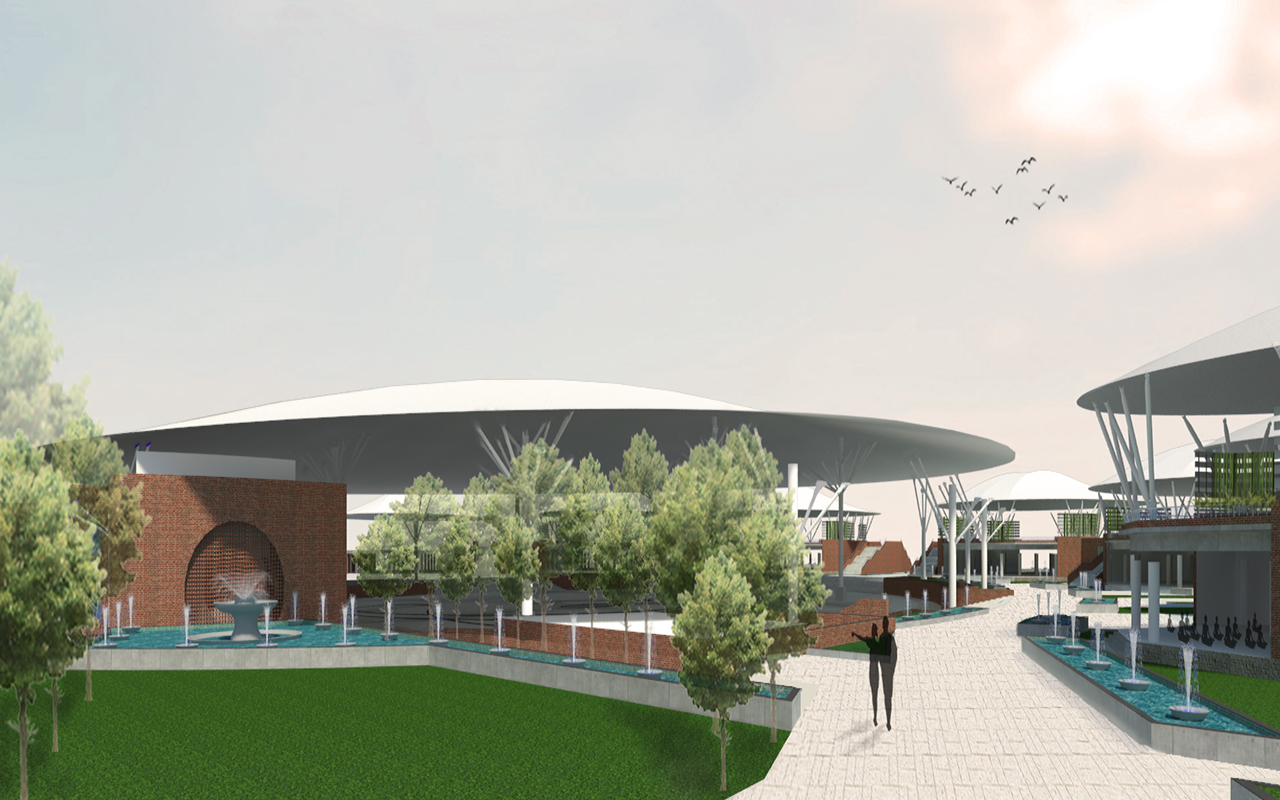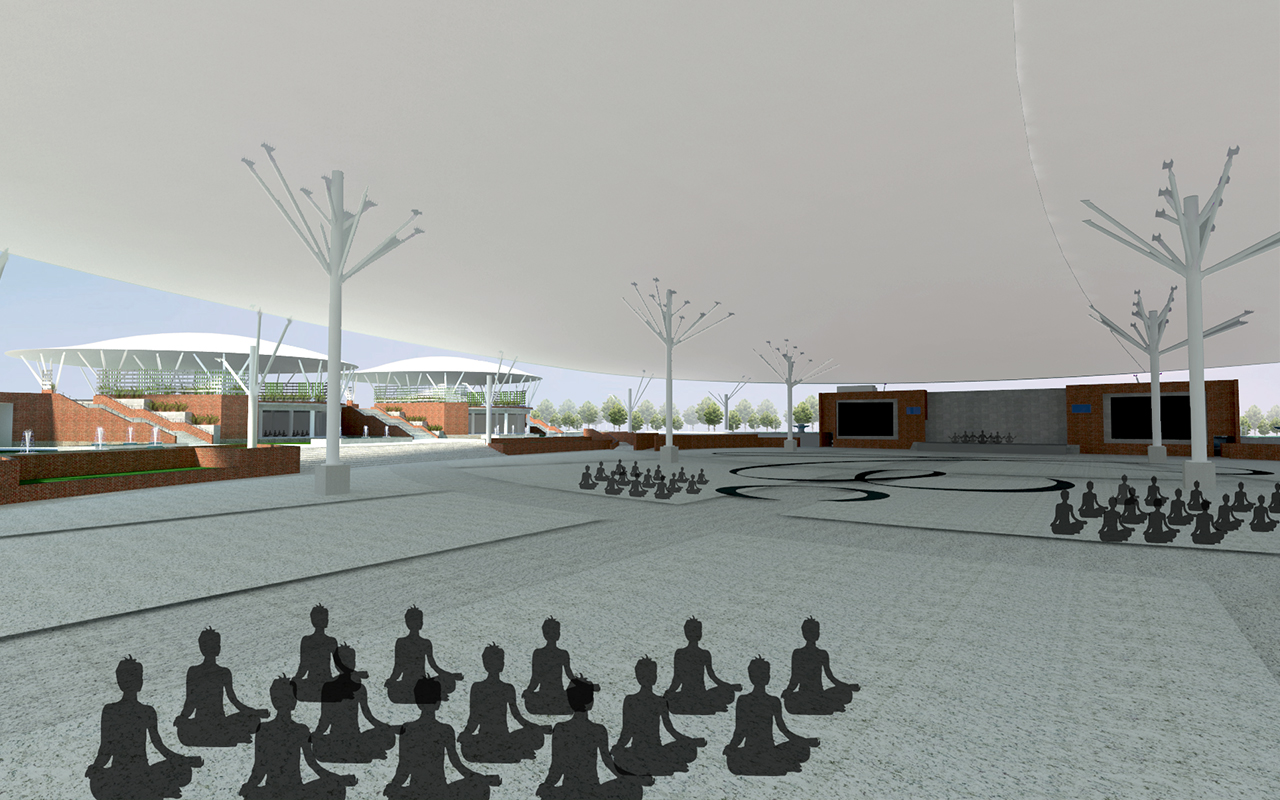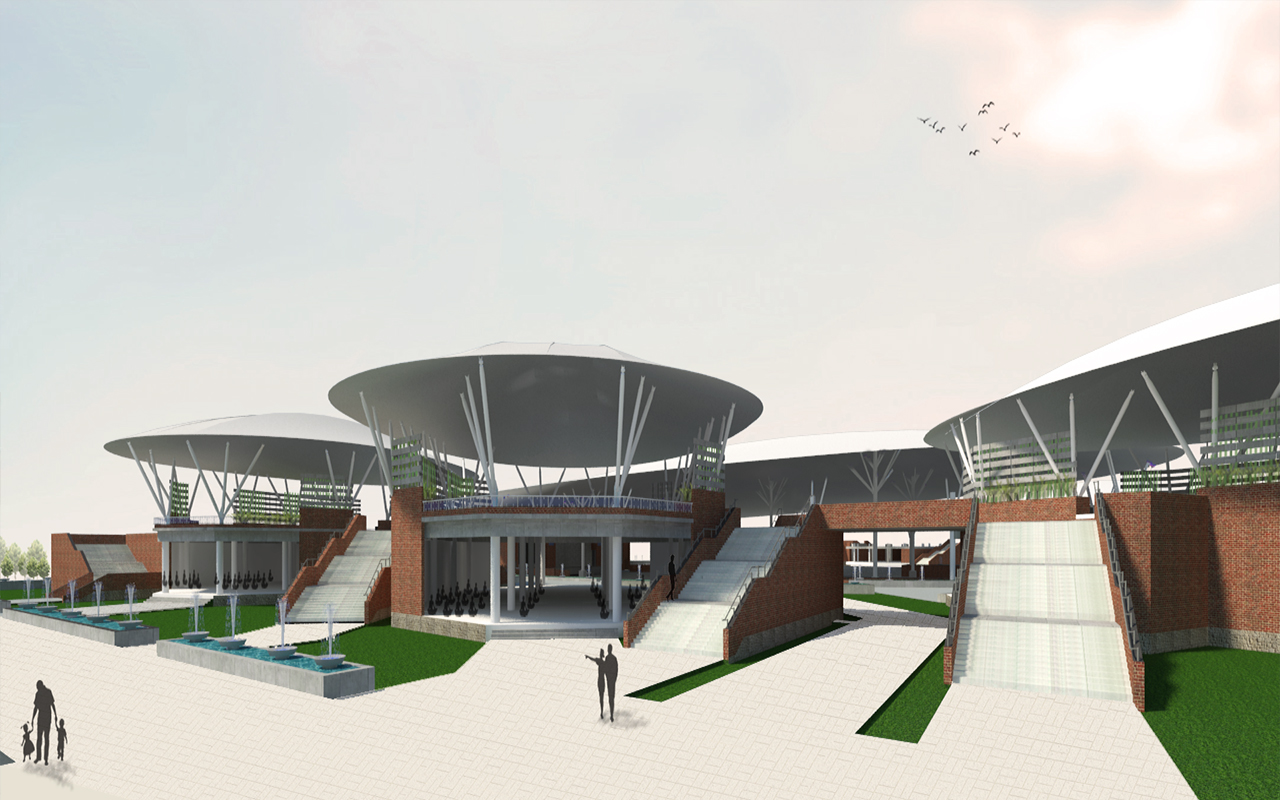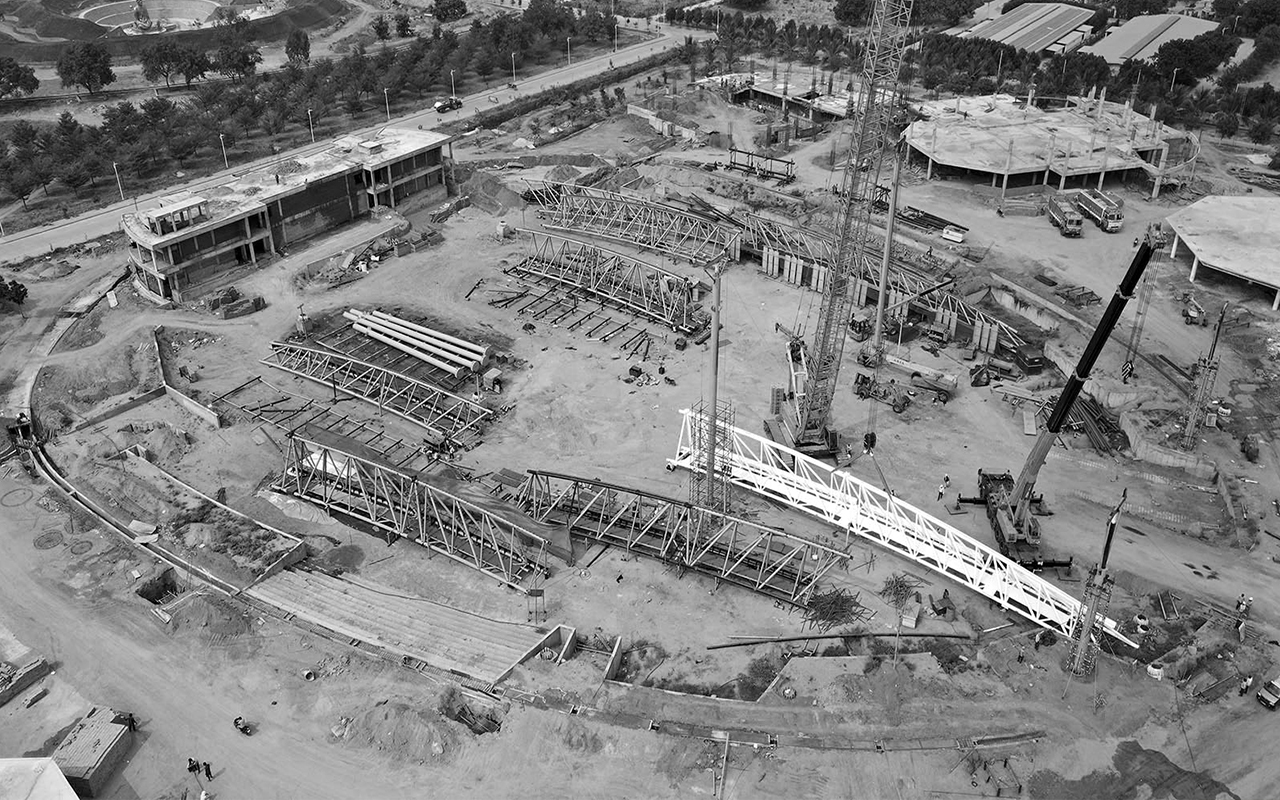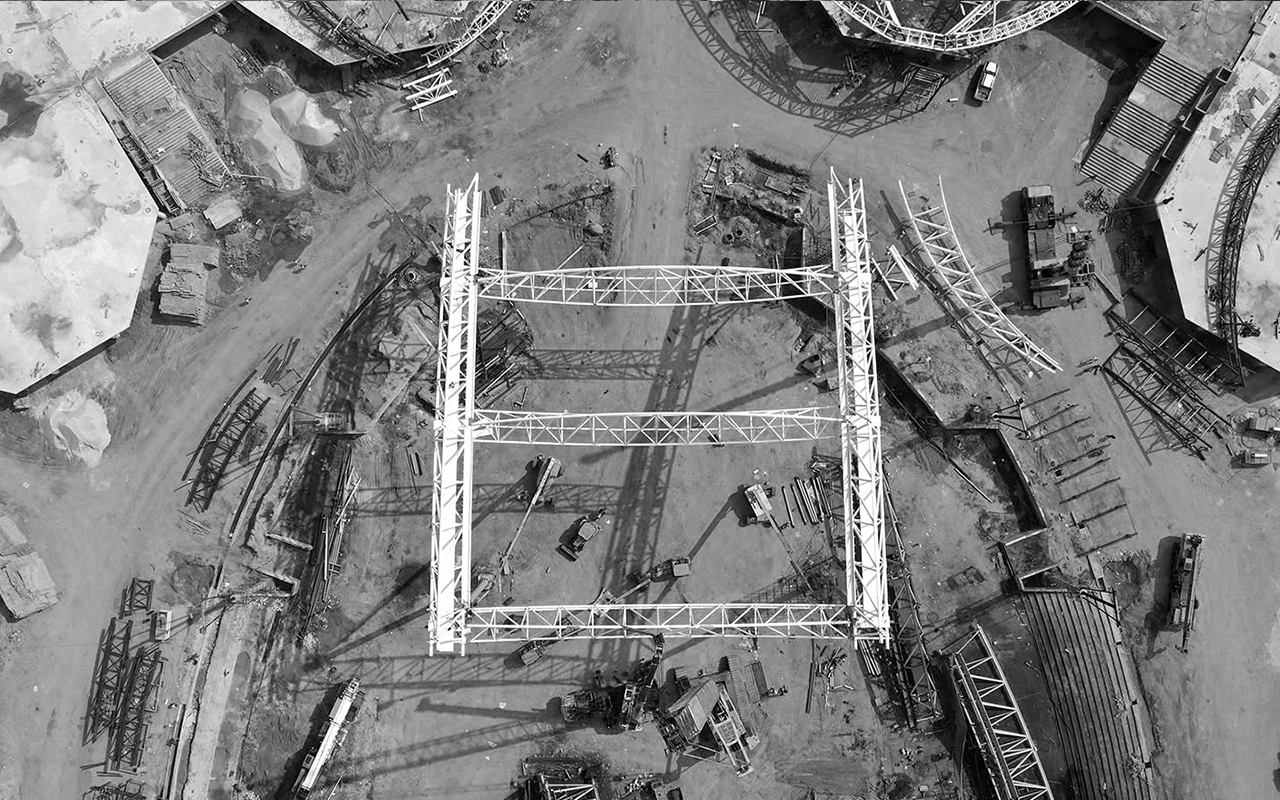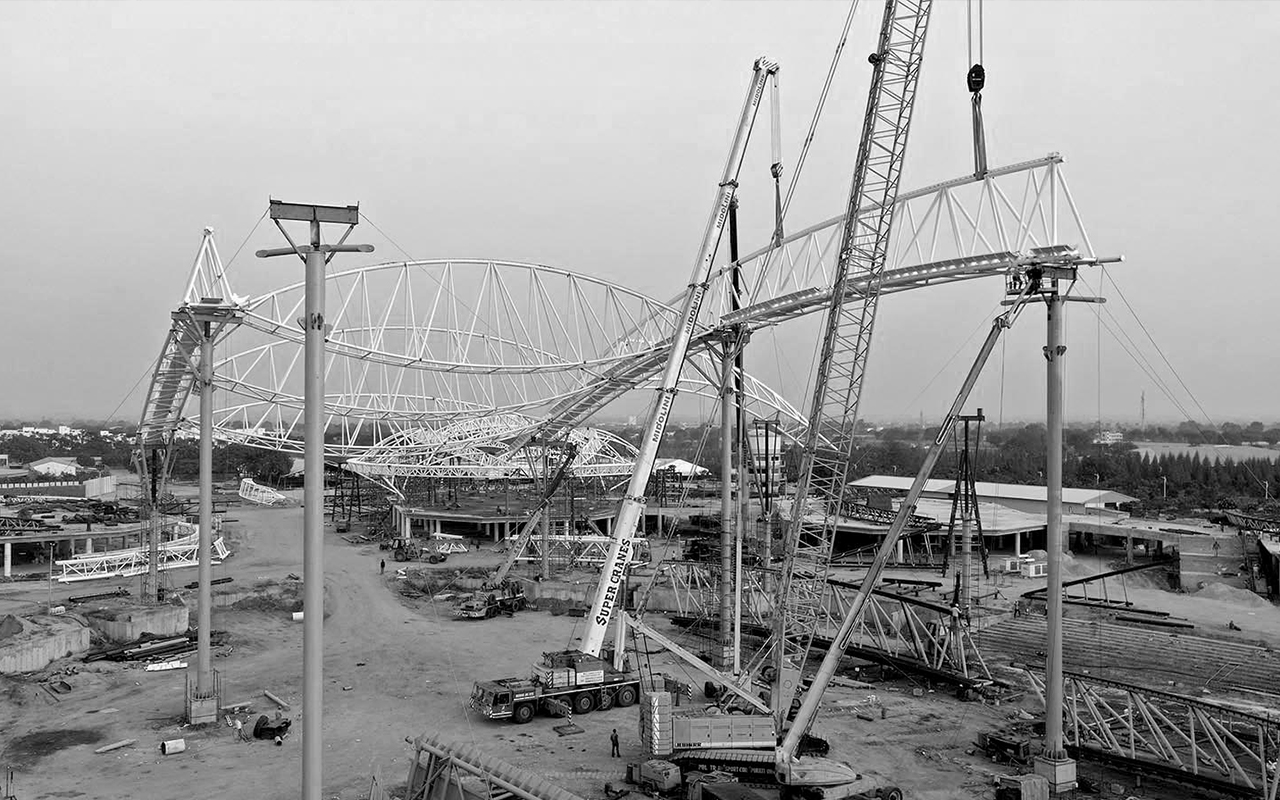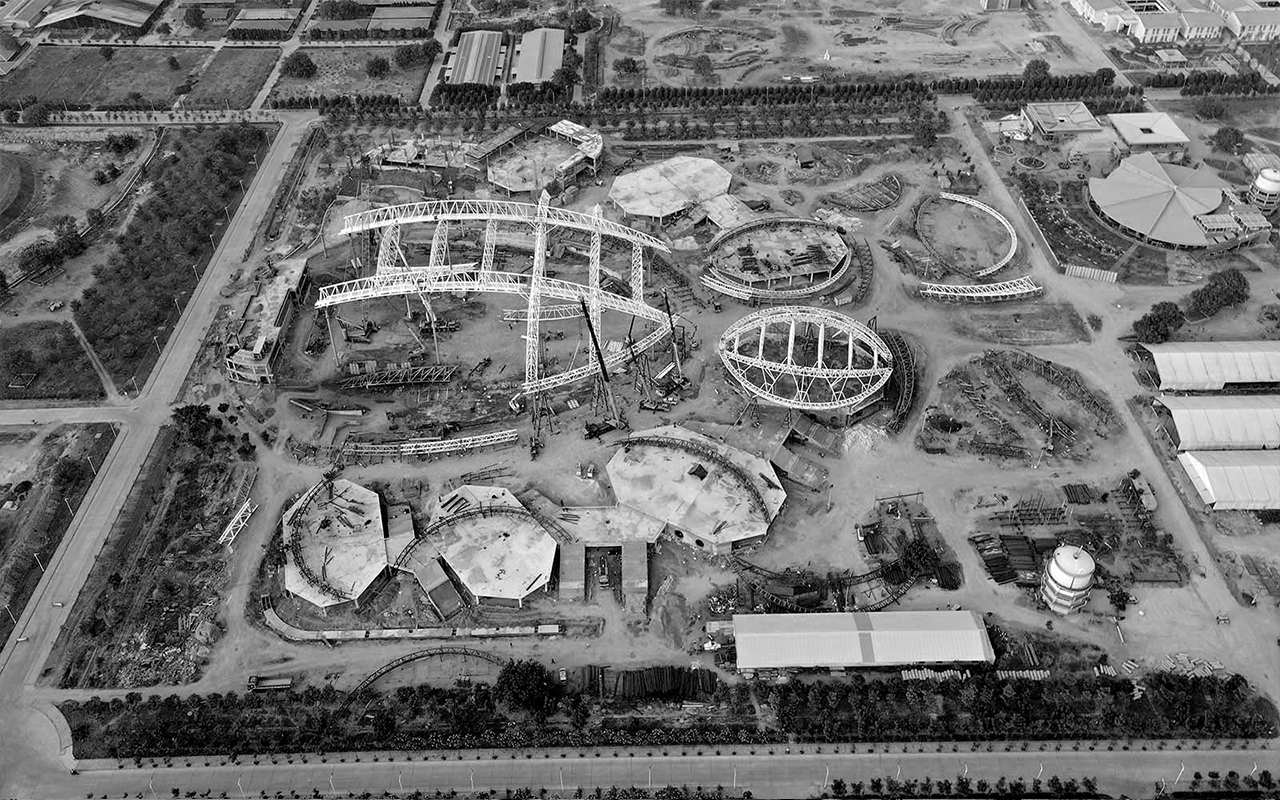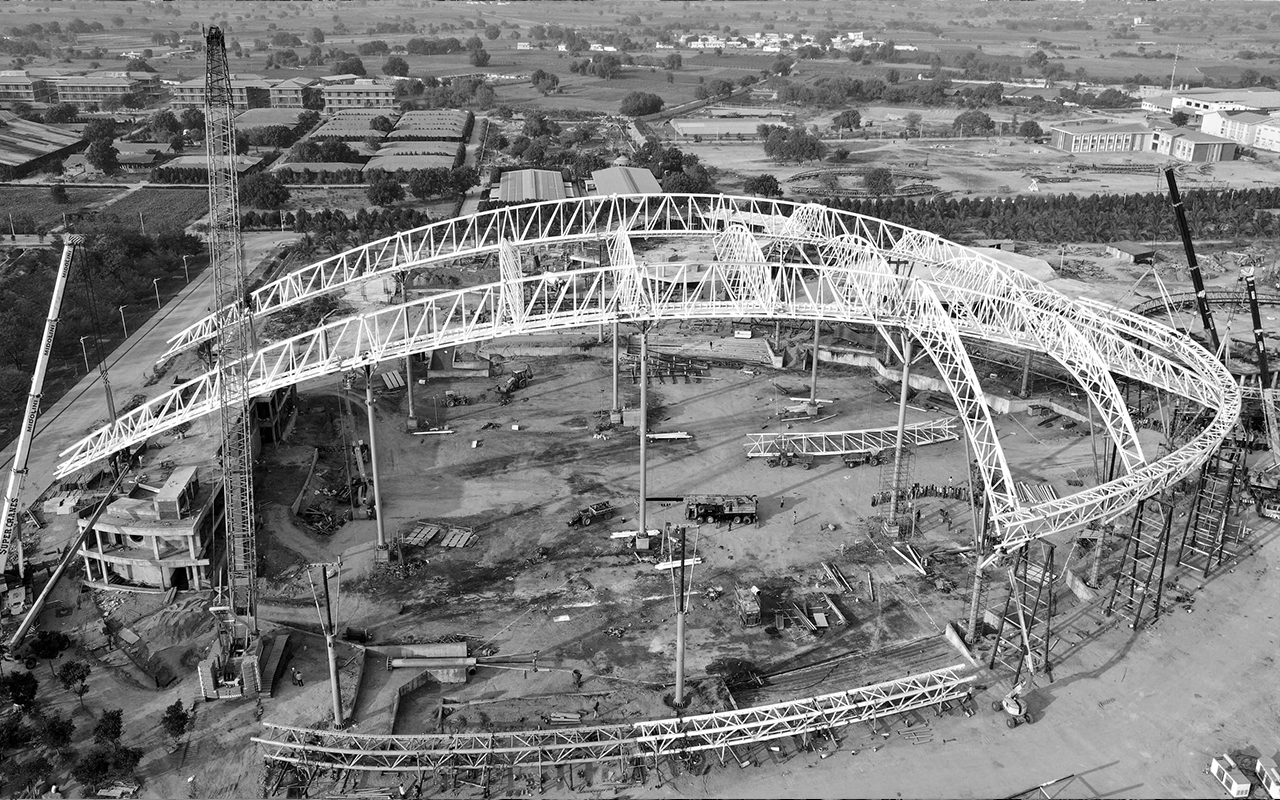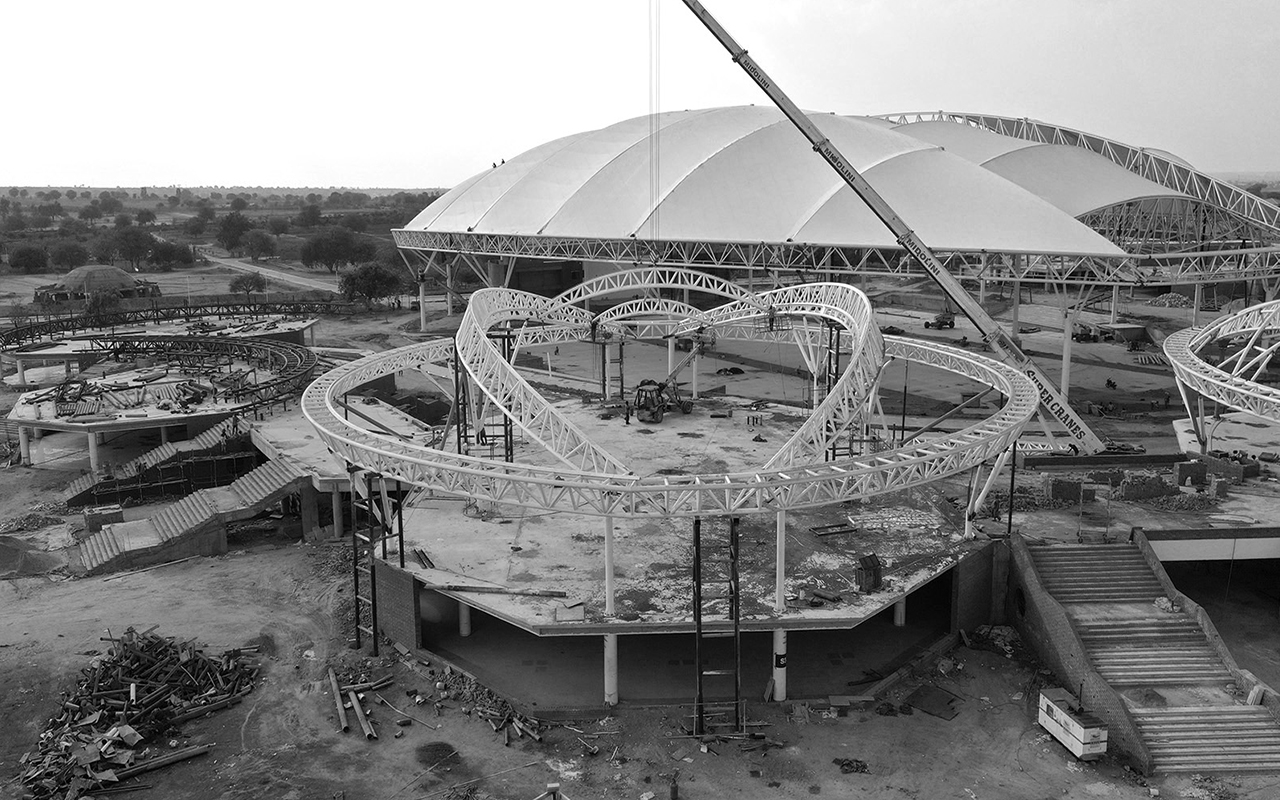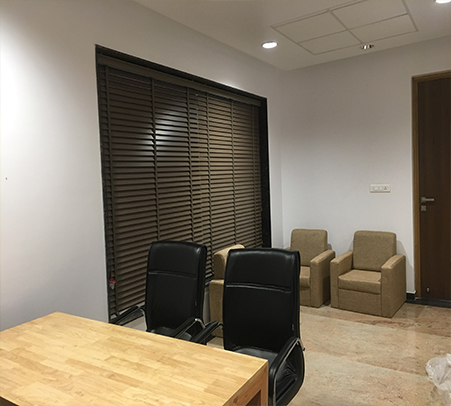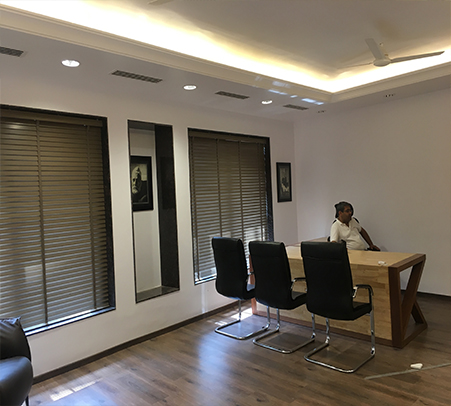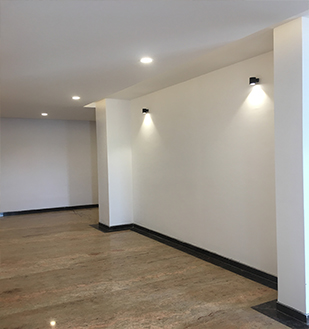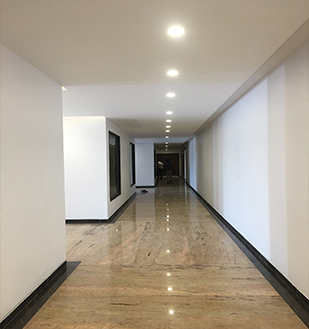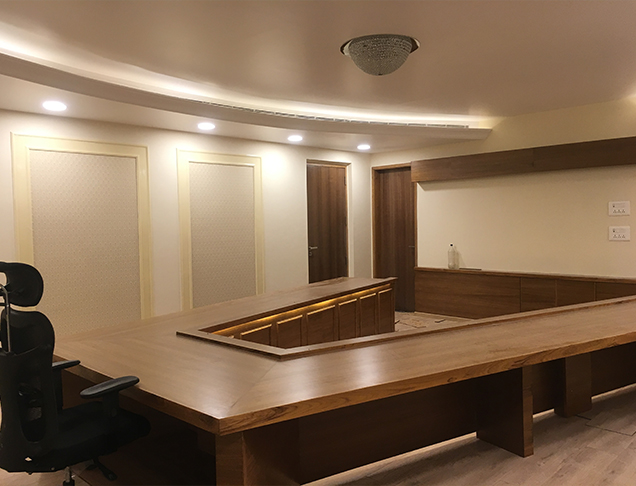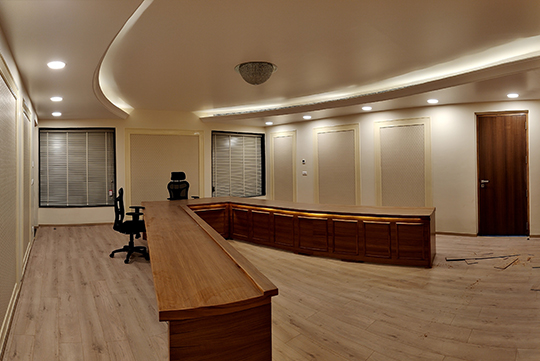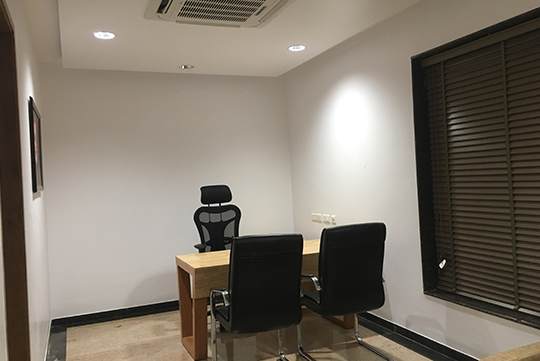World Heartfulness Centre
Kanha Shanti Vanam, Hyderabad
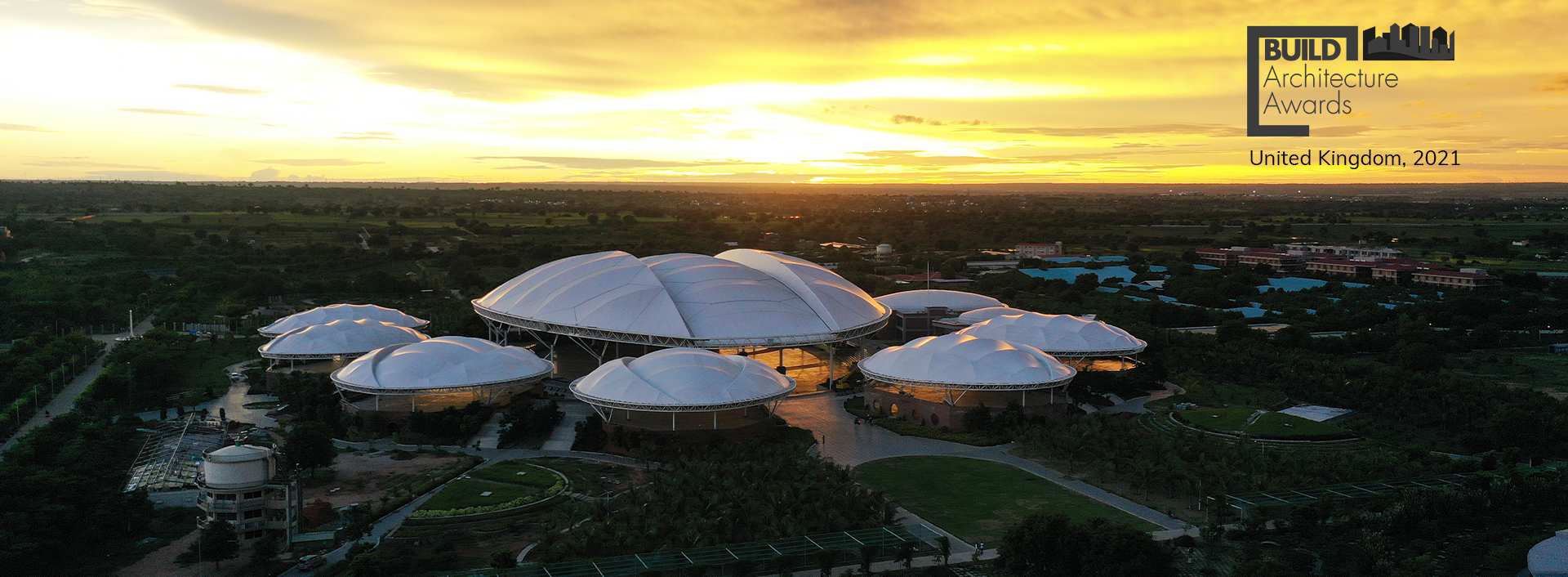
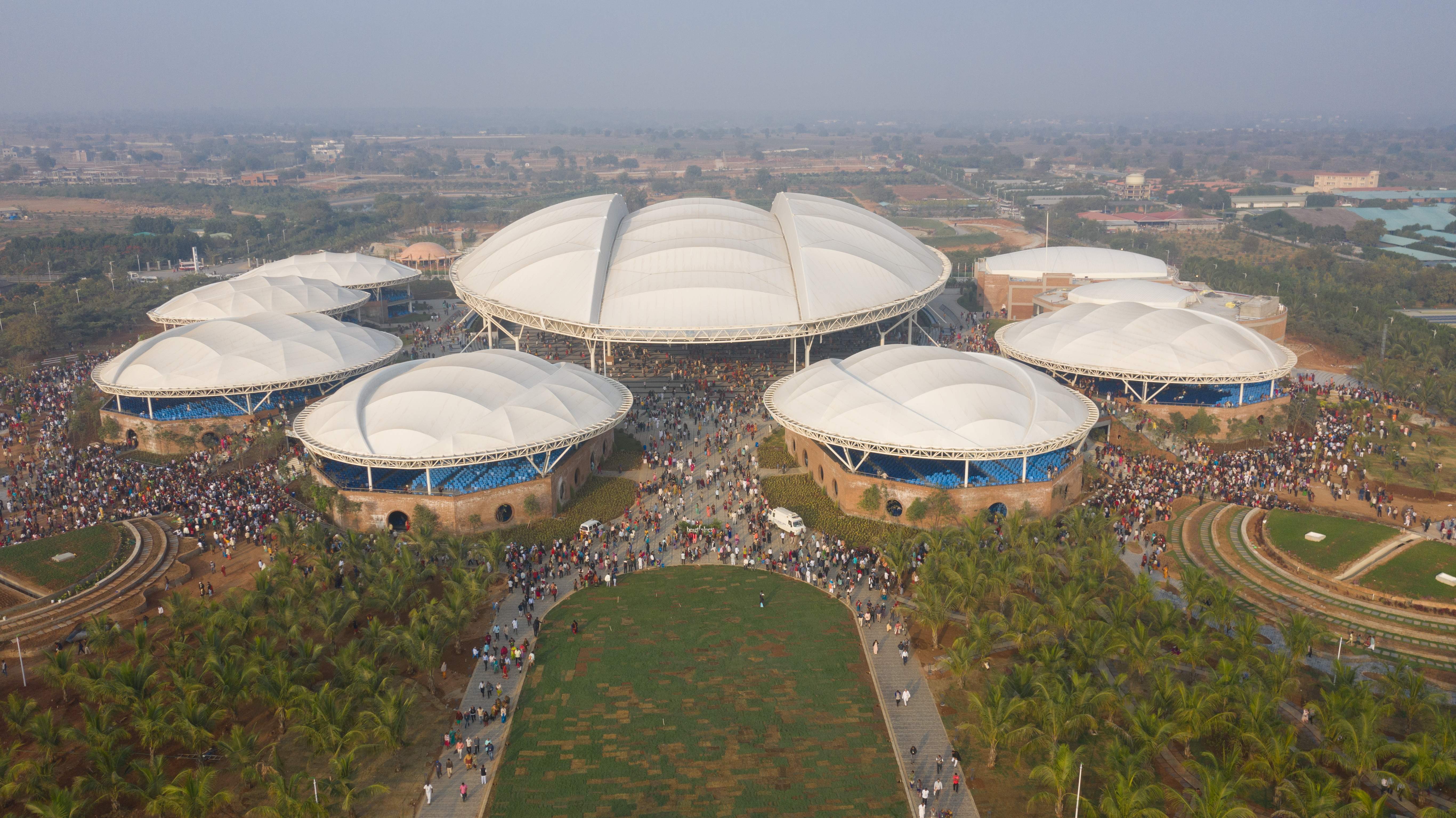
A sanctum for inner self amidst nature by the blessings of Master Shri Kamlesh D. Patel, affectionately called as "Daaji"
Highlights of the celebrations at Kanha Shanti Vanam for World Heartfulness Center inauguration in Feb 02, 2020.
See complete address on facebook channel
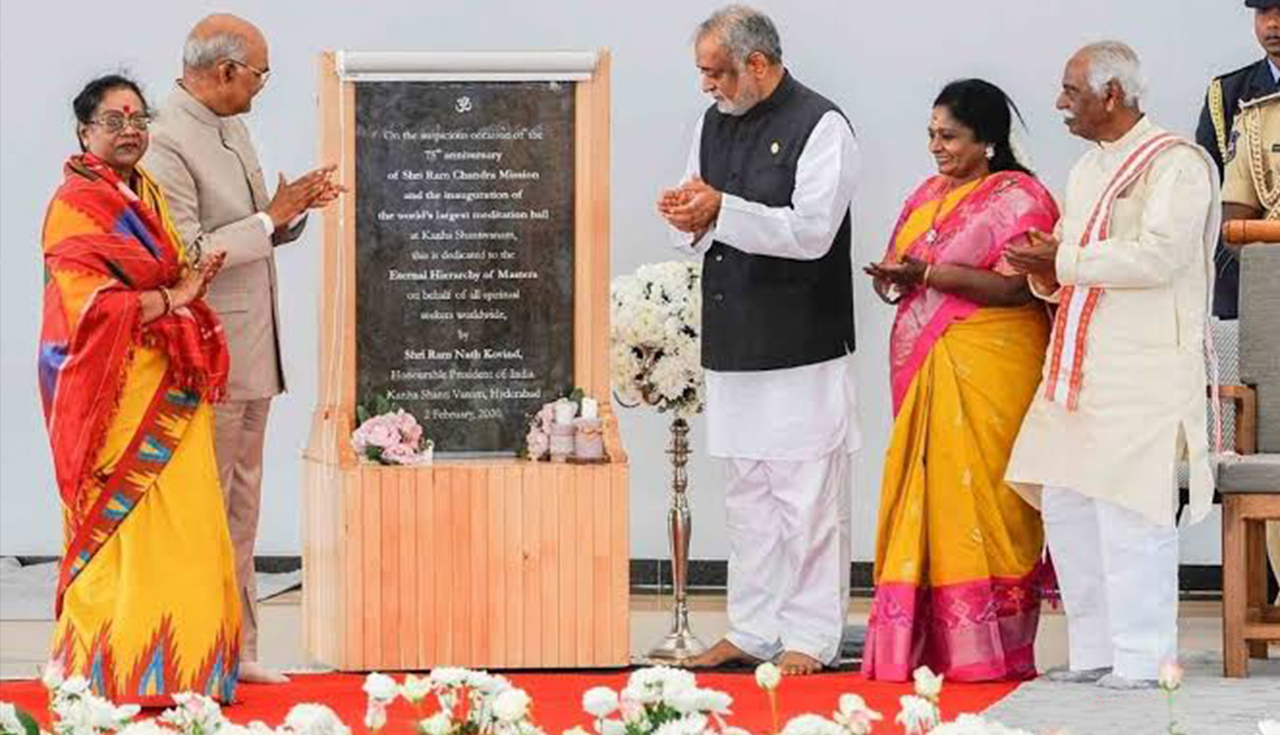
Inaugurated by Hon. President of India Shri Ram Nath Kovind and Hon. Governor of Telangana Shm. Tamilisai Soundararajan On Feb 02, 2020
Celebrations inaugurated by Baba Ramdev, Graced by Shri Anna Hazari and Ms. P. V. Sindhu
Concept
The centre is designed to facilitate extensive spiritual training and mentoring programmes handling a dense footfall during the Bhandara.
Meditation hall in the design outset is one large hall with satellite buildings thereby creating a space in the middle that is being used for green buffer and movement. The multiple halls were made independent in such a way that they can be used during other times of the year as well for other various activities like small meditation, seminars etc. Play of green dominated the concept of design to give a serene environment where one can experience the spiritual purpose of human life. The entire design focused on the sensitivity of the user.
Design
The design evolved around the main hall with the satellite halls surrounding it. The main hall is slightly submerged in the ground and people need to climb down a few steps to reach there. The hall is large in volume attracting fresh winds from the outside. The hall is centred towards the west side so that the people while meditating face west side. There were some platforms around the main hall designated for VIPs who have their own security protocol. The main hall is surrounded by a min footpath and then the satellite halls were placed.
The satellite halls have two floors and this is where the viewing angle came into play. The suppression of the main hall allowed the satellite halls to have two levels which not only increased the seating capacity of people but also provided a clear line of sight of the master. The alignment was maintained in such a way that the master sitting on the stage is visible to all and vice versa.
The hall spans for 220m x 160m. This large span was covered by using a tensile fabric which created reflectivity helping to beat the heat coming from the sun without compromising the amount of daylight required inside the hall. The floor was done using radiant cooling which was used during the summertime. The capacity of the cooling was derived from the central plant which itself was distributing cooling to other areas. So during the Bhandara, the cooling was routed to the main hall for which extra ACs were not required.
A lot of texture play between the brick and the stone was created. Round holes with the exposed brick structure were made to give the place a distinct look. The staircases leading to the first floor were made white to amalgamate the theme of the centre with it. The staircases were made in such a way that they served as a seating arrangement in case of a rush.
The stage was designed as a residential/working place for the master. During Bhandara time he shifts to the building. Also, facilities are made so that the master can address people through the teleconference facility from his conference room during the Bhandara time.
The entire premises were set up with highly IT-enabled infrastructure as the Bhandara was recorded and beamed all around the world for ashrams and abhyasis. So to take care of the worldwide requirement, a state of the art media centre was incorporated within the stage building which also handled facilitation of other small programmes in the satellite halls.
Spot cooling was also designed for the master around his chair so that during meditation he should not be disturbed because of the heat. The screen was placed on the sides which helped the people to have a clear view of the master. Spaces were designated for banners without disturbing the view of the stage.
A lot of plantations were positioned around the meditation hall to give a green and vibrant experience to the abhyasis. Special attention was given to the rainwater management to make the Bhandara run smoothly without any disturbances. The design was made to drain away from the water from around the Bhandara very quickly to the channels which lead to a series of ponds.
Major management of shoes before the shoe free zone was also integrated into the design as a natural element. The roof of the hall was represented in an infinity shape and dominates the skyline of the entire campus thus making the entire building resembling serenity and peace.
Key features

First of its kind site to handle the massive footfall from the spiritual world: Meditation hall to accommodate 60,000 to 1,00,000 people at a go.

It would be the worlds largest meditation hall.

Embedded deeply in nature, it stands as a manmade creation amongst greens bringing seekers closer to nature.

Amenities such as huge canteens and footwear management cell planned to ease out crowd movements in such spot.

Ample air movement, soundscapes and light controls provide for the right ambience for the people seeking inner peace.
